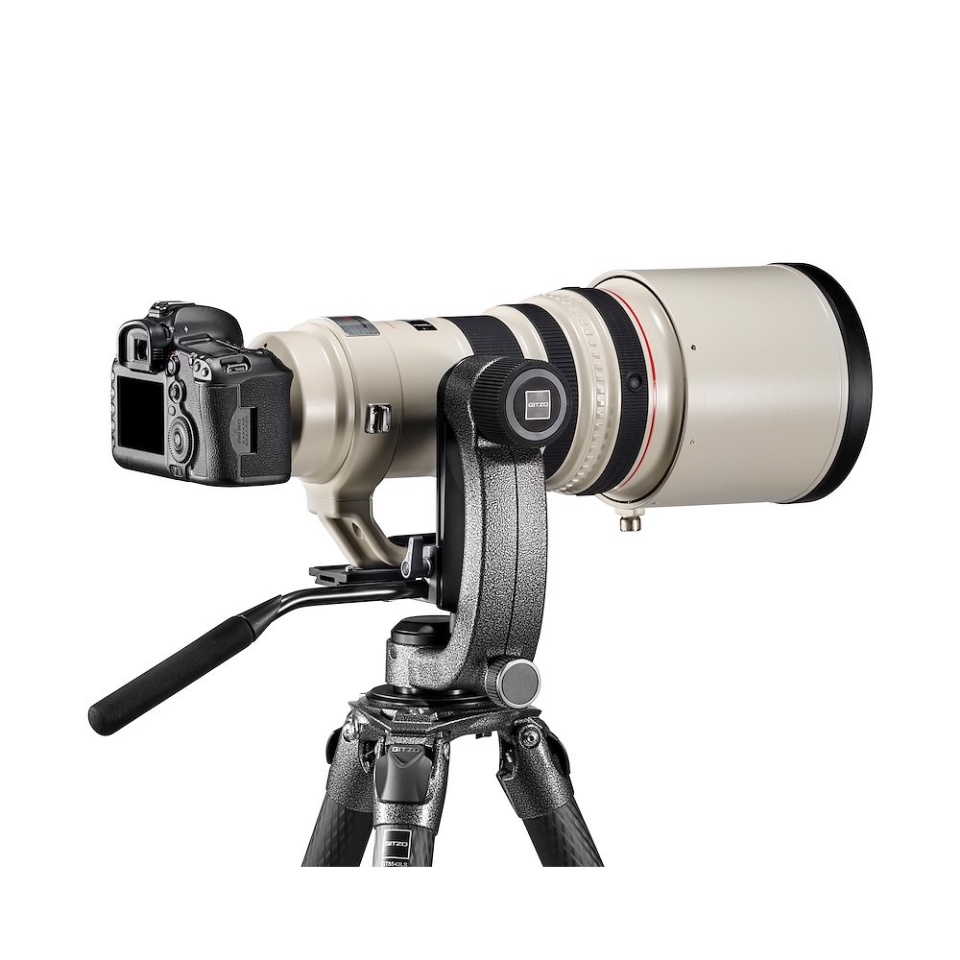Filmmaking has always been a balance between art and technology. As the world of technology continues to develop, new tools have been introduced to help filmmakers tell their stories more effectively. Among these tools, gimbles have revolutionized the way that filmmakers capture moments, allowing for smooth and stabilized camera movement.

In this article, we will explore how gimbals have revolutionized the world of filmmaking.
Stabilized Footage
The primary advantage of gimbals is that they make it easy to stabilize camera movement. Whether it’s a handheld or mounted shot, gimbals help to keep the camera steady and produce smooth footage, free from jarring movements or shaking. This feature is essential in creating a more immersive and engaging viewing experience.
Stabilized footage is particularly useful in action-packed scenes or shots that require movement, such as chasing sequences. With a gimbal, filmmakers can capture high-speed movements with ease and without detracting from the audience’s viewing experience.
Creative Freedom
Gimbals have given filmmakers more creative freedom in how they approach a scene. Traditionally, stabilized shots required a camera to be mounted on a tripod or dolly, which limited movement and creative experimentation.
With gimbals, filmmakers can experiment with different camera angles, play with focus, and adjust focal length without sacrificing footage stabilization. Gimbals provide more control and freedom in how filmmakers capture their shots, allowing them to push the boundaries of their creativity.
Versatility
Gimbals are versatile tools that can be used in various shooting situations, from run-and-gun documentaries to high-end film productions. With the ability to mount a camera on various spots on the gimbal’s frame, filmmakers can experiment with different shooting styles and perspective.
For example, gimbals can be mounted on drones for aerial footage, boats for steady footage on water, and even automobiles for dynamic moving shots. The versatility of gimbals opens up new possibilities for capturing footage that was previously impossible or challenging to achieve.
Size and Portability
Gimbals are lightweight, portable, and easy to transport, making them an essential tool for filmmaker’s on-the-go. The small size of gimbals makes them an asset in tight spaces, low ceilings, and high traffic areas where traditional filming equipment may not fit.
Gimbals are also great for outdoor shoots or remote locations, where bulky equipment making transportation difficult. The small size and portability of gimbals make them an accessible tool for filmmakers no matter the shooting location.
Modularity
The modular design of gimbals allows for easy customization and modification to fit a filmmaker’s needs. Modularity allows filmmakers to swap out and upgrade parts of the gimbal, such as the arm length, base, motors or handles, to accommodate various sizes and weights of cameras and lenses.
Modularity also makes gimbals more cost-effective as filmmakers can upgrade the gimbal as their equipment changes, rather than having to purchase a new gimbal for each camera.
Wireless Control
Wireless control has made it simple for filmmakers to operate a gimbal from a distance, giving them more control over the shot. Filmmakers can control the gimbal through wireless remotes, smartphones or tablets to adjust pan, tilt or roll. This convenience frees up the operator to focus on framing and composition rather than operating the camera.
360-Degree Rotation
360-degree rotation has allowed for dynamic and fluid camera movements that were previously impossible. With continuous movement around the roll axis, gimbles can achieve full 360-degree views and unique vantage points, making a shot more engaging and mesmerizing.
360-degree rotation has also brought the traditional drop shot or tilt shot to a new level. The camera can now rotate entirely upside down, creating stunning visuals and captivating shots to capture the audience’s attention.
In conclusion, gimbals have revolutionized filmmaking in numerous ways and have become an essential tool in the modern filmmaker’s arsenal. Gimbals stabilize footage, provide creative freedom, are versatile, portable, modular, wirelessly controlled and can rotate 360-degrees.
With these benefits, gimbals have made it easier than ever for filmmakers to achieve their creative vision, capture stunning footage, and bring the audience along for an immersive and engaging experience. The future of filmmaking continues to evolve, and with advancements in technology, gimbals will undoubtedly play a significant role in shaping the film industry for years to come.









